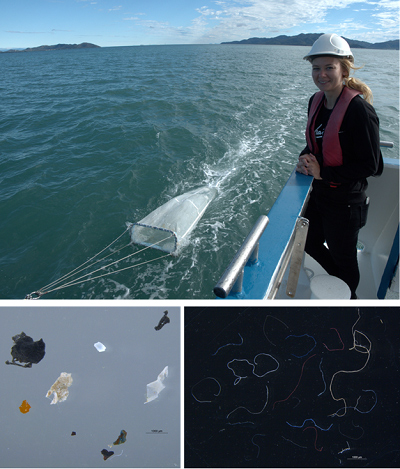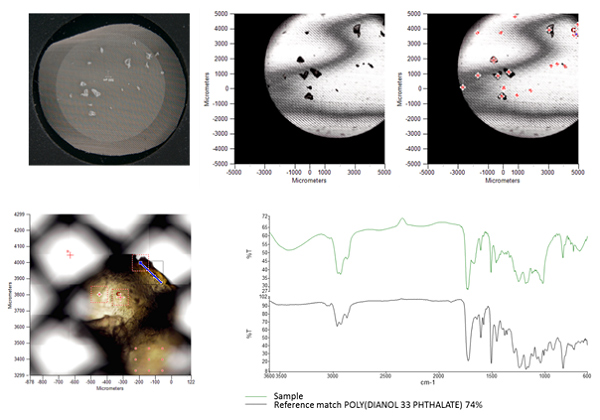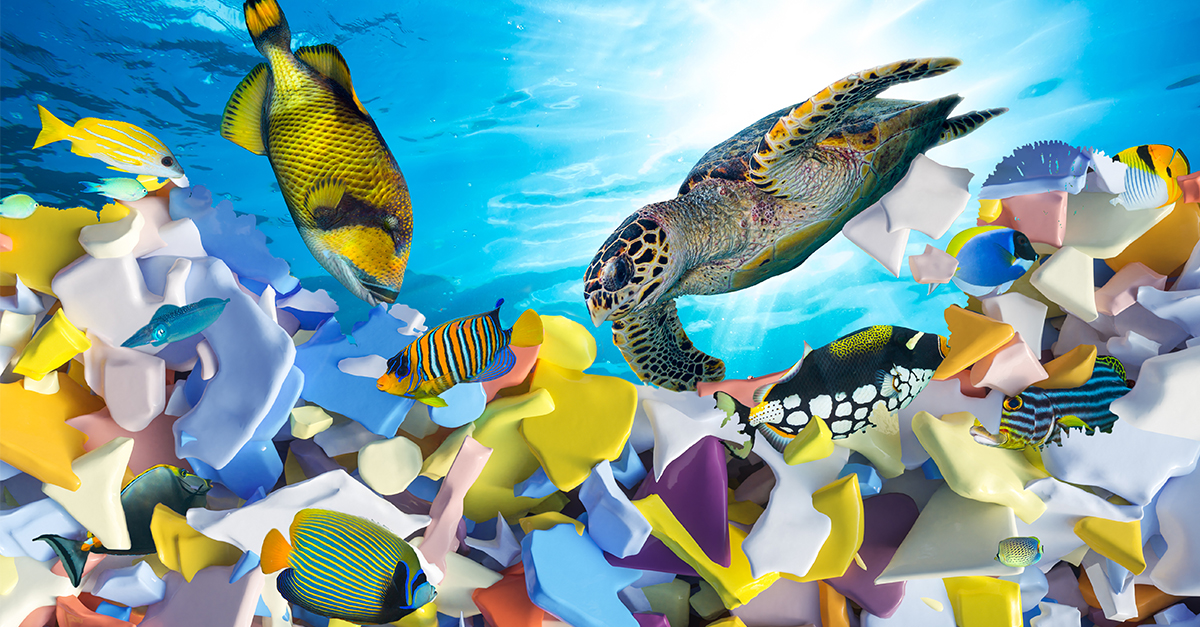The Effects of Microplastics in the Great Barrier Reef
The Australian Institute of Marine Science (AIMS), established in 1972 and headquartered at Cape Ferguson near Townsville QLD, is Australia’s premiere tropical marine research agency playing a pivotal role in providing large-scale, long-term and world-class research that helps governments, industry and the wider community to make informed decisions about the management of Australia’s marine environments.
AIMS was an explorer in its early years: defining the Great Barrier Reef and its biodiversity, and introducing Australians to remarkable marine ecosystems across northern Australia. In the past 20 years, the focus has turned to monitoring and understanding the changes seen in these ecosystems, from Western Australia’s Scott Reef to Darwin’s coastal waters to the Great Barrier Reef.
The next decade will be one of action: helping to sustain and restore these ecosystems in the face of a changing climate, and creating the tools to enable the best possible planning and decision-making for conservation and sustainable development of the energy, mineral, tourism and food resources in and under our tropical waters.
Contamination by microplastics is one of the issues that AIMS is currently examining in Australia’s tropical marine ecosystems. Marine plastic pollution has become a global issue of emerging concern, due to its omnipresence and effects on marine organisms and ecosystems.
It is estimated that 4.8 to 12.7 metric tons of plastic litter enters the ocean environment each year. This plastic can be broadly divided into four particle categories:
- Mega-plastic (>100 mm diameter)
- Macro-plastic (>20 mm)
- Meso-plastic (5–20 mm)
- Micro-plastic (<5 mm)
Microplastics can be either specifically manufactured (called ‘primary’ i.e. microbeads in face wash) or produced as a result of fragmentation from larger items (called ‘secondary’ i.e. from plastic bags), but regardless are not readily biodegradable and can persist long-term in the marine environment.
To improve our understanding of marine microplastic contamination in northern Australia, Dr Frederieke Kroon and her team at AIMS have commenced research on the presence and effects of microplastics, including on the Great Barrier Reef.
One of the projects involves the development of robust methods to detect and characterize microplastics and other anthropogenic materials in marine environmental samples (Fig. 1). Dr Cherie Motti identified FTIR microscopy as a particularly suitable tool for the characterization and analysis of microplastics in marine-derived samples (Kroon et al. in review). A demonstration of the PerkinElmer Spotlight 200i with automatic particle finding feature and microATR, provided convincing data using a variety of microplastics collected by AIMS. At AIMS, the Spotlight 200i is now being used to characterize and analyze microplastics in a variety of environmental samples, including seawater, sediment and marine organisms such as coral reef fish (Fig. 2).
The Spotlight 200i is also being used in several other research projects, including exploring the chemistry of newly formed coral skeletons and gastropod shells, conducted both within AIMS and in collaboration with external partners.

Figure 1: MSc student Lene Jensen from the University of Copenhagen conducting a surface tow to collect microplastics on the Great Barrier Reef off the AIMS Research Vessel Cape Ferguson (photo: F. Kroon) (top) and microscope images of possible microplastic fragments (bottom left) and fibers (bottom right) from the tow (photos: K. Berry).

Figure 2: Microscope image of microplastics sample on mesh filter (top left, photo: M. Miller), FTIR microscope image of microplastics sample on mesh filter (10000 x 10000 µm) (top middle), with markers indicating microplastic particles to be analysed by FTIR (top right), zoomed region showing a single particle with markers (1000 x 1000 µm) (bottom left) and FTIR spectra extracted from one marker, (bottom right) search against database indicates match to a phthalate (plastic). (FTIR images and spectra: C. Motti).
PerkinElmer is privileged to be involved in these ground-breaking studies on the effect of microplastics pollution on Australia’s marine environments. We look forward to many publications in the near future.
Reference:
Kroon F, Motti C, Talbot S, Sobral P, Puotinen M. (In review). A protocol for identifying, characterising and quantifying microplastics in environmental samples. Nature Scientific Reports.
